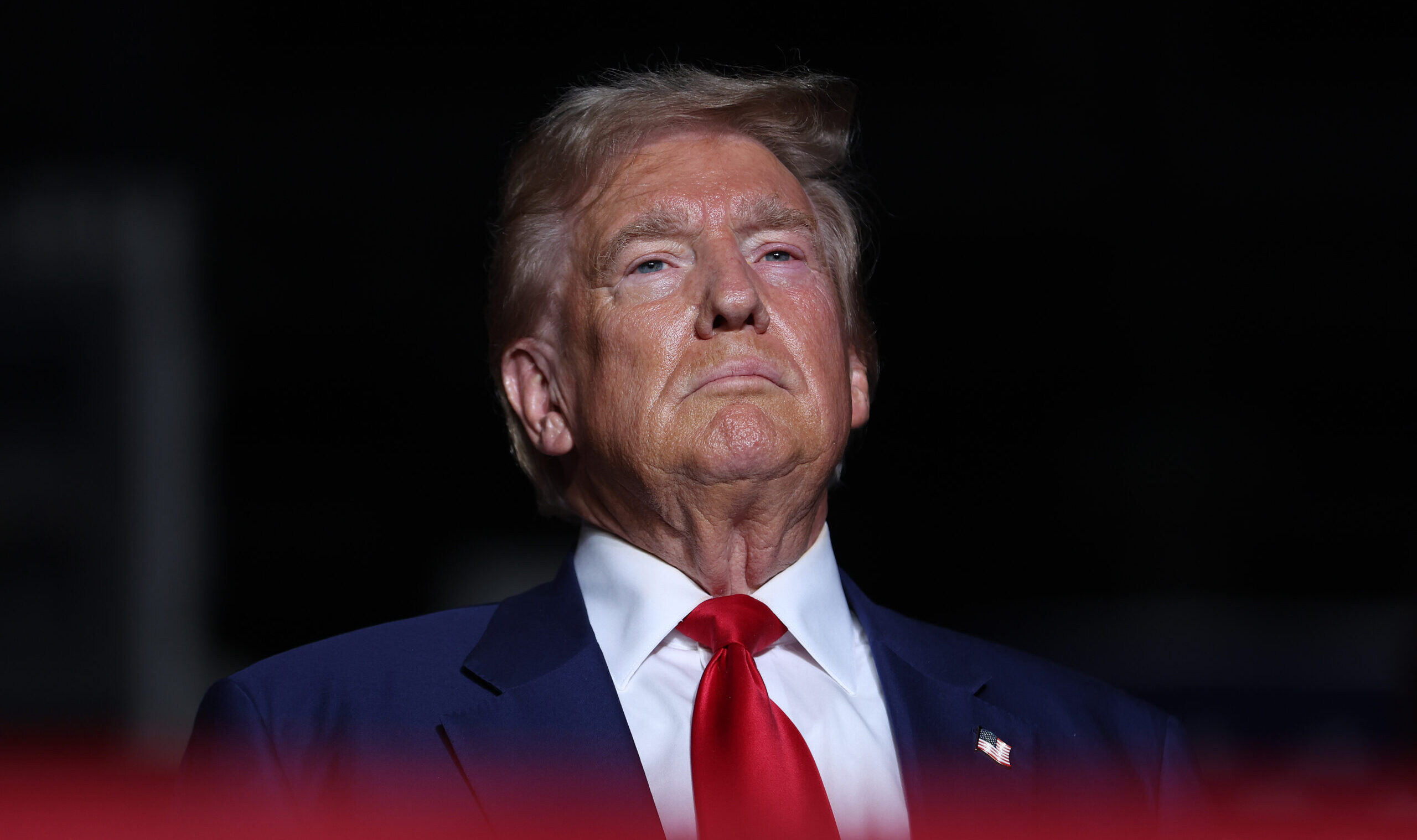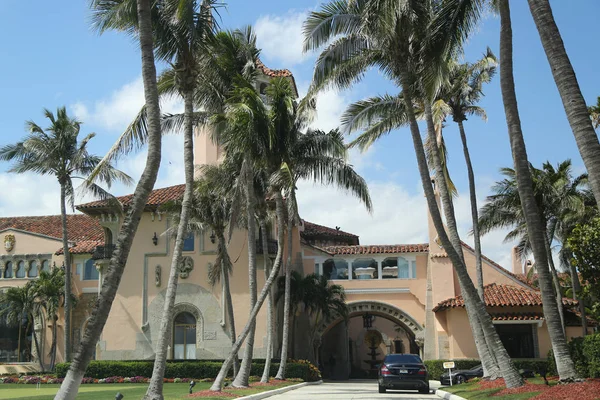Trump Faces Senate Test in Second Term
The post-Trump Republican Party will be defined by Cabinet confirmations.

Whatever you think of President-elect Donald Trump’s Cabinet picks, he has learned one thing from his first term: few Beltway truisms are truer than personnel is policy.
Trump wants to make a sharp break with the status quo. While he may still be overvaluing television stardom as a criterion for who should wield power in the executive branch and the old Republican establishment will have its place at the table, most of his early nominees definitely fit the bill. This is the no-guardrails Trump team that Vice President Kamala Harris warned you about.
Of course, the idea that the unelected members of the administration and White House staff should call the shots rather than the elected president, who this time around won a plurality of the national popular vote, is incompatible with the democracy uber-alles push Democrats have been making throughout the Trump era. It is not really the job of these appointees, like President Biden’s subordinates before them, to try to thwart Trump.
The Senate is part of a separate branch of government and has its own constitutional prerogatives. This includes the advise and consent powers, which gives senators a say in the makeup of the Trump administration and the federal judiciary.
Just because they have the power to do so, however, doesn’t mean it would necessarily be a good idea for the Republican Senate majority to eagerly veto Trump’s choices. Past disputes aside, Republicans have a lot riding on the success of Trump’s second term. They are all in this together now.
Yet that is not necessarily the way they will see it. People like Robert F. Kennedy Jr. and Tulsi Gabbard may have been important to show Trump won nationally. The Trump coalition will likely be decisive for Vice President-elect J.D. Vance or whomever Republicans nominate for president in 2028. But they are not particularly important to how you get elected to a Senate seat in Tennessee, Alabama, or South Dakota.
The realignment isn’t as much of a thing yet in the red states, outside of the Hispanic vote share in Florida and Texas, even if Trump did quite well in the GOP strongholds. You can still get elected as a Republican in most of those places saying and doing the same things that would have worked 20 years ago, the last time the party had — and largely blew — the opportunity ahead of it now.
Trump swept the battleground states, but didn’t drag many Republican Senate candidates across the finish line with him. Yes, the fact of his candidacy made the West Virginia and Montana Senate races unwinnable for the Democrats. Trump’s margins aided Republican pickups in Ohio and Pennsylvania. But Democrats still held onto seats in Wisconsin, Michigan, Arizona, and Nevada.
That means two things: fewer senators beholden to Trump directly and a smaller Senate majority overall. Fifty-three Senate seats is still respectable. But Sens. Susan Collins (R-ME) and Lisa Murkowski (R-AK) can easily be the Joe Manchin and Kyrsten Sinema of the next session. And while he remains a Republican institutionalist, Sen. Mitch McConnell (R-KY) stepped down from leadership in order to make trouble. He wants to be the next Congress’s Mitt Romney.
None of these three can exactly be considered rubber stamps for Trump. Lose one more on any nominee and Vance’s tie-breaking vote can’t save you.
Many of the biggest successes of Trump’s first term came when he and McConnell played nice, such as on the rightward shift of the judiciary and the building of a durable conservative majority on the Supreme Court. But many of the biggest missed opportunities came because Trump was essentially in a coalition government with McConnell and then-House Speaker Paul Ryan, a trio not always in alignment on what the Republican agenda should be.
In 2017, there was at least a theoretical possibility that they could all get reelected. As it turned out, Republicans lost the House, White House, and Senate, in that order, over the next three years. This time Trump is term-limited and will hit lame-duck status around the midterms.
A protracted fight over Cabinet nominations and the recess appointment power would probably not be the wisest use of the GOP-run government’s limited time. Yet surveying the likes of Kennedy, Gabbard, and Matt Gaetz, it does feel a bit inevitable.
The first test for Trump and incoming Senate Majority Leader John Thune could come early. It is the post-Trump Republican Party that will be most defined by whether they pass.
The post Trump Faces Senate Test in Second Term appeared first on The American Conservative.

